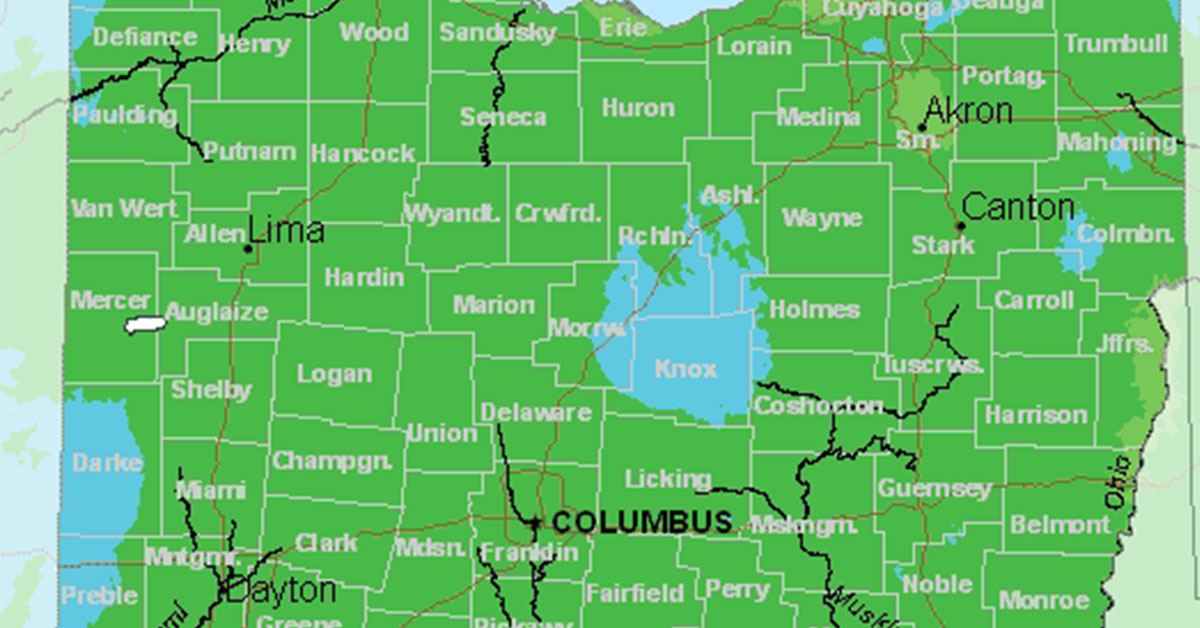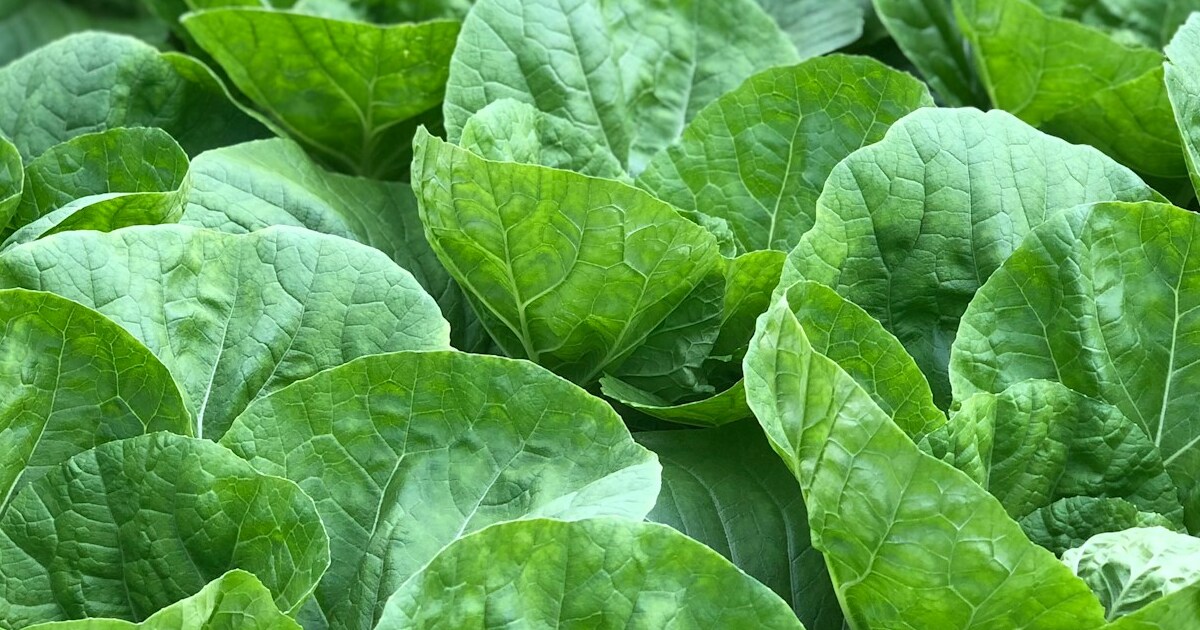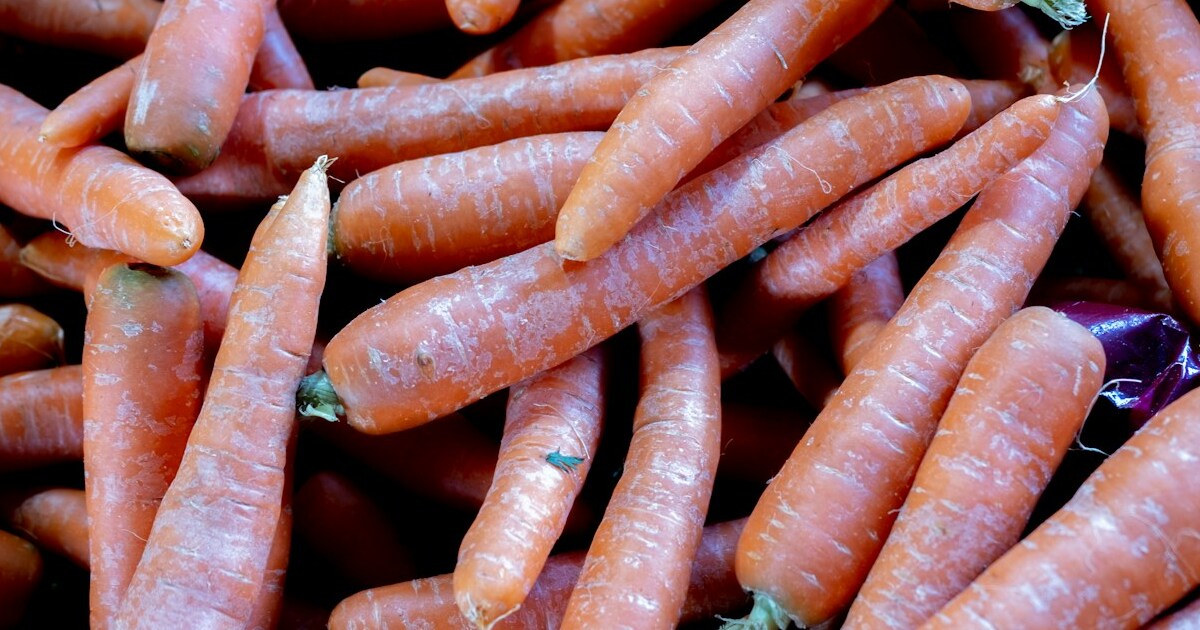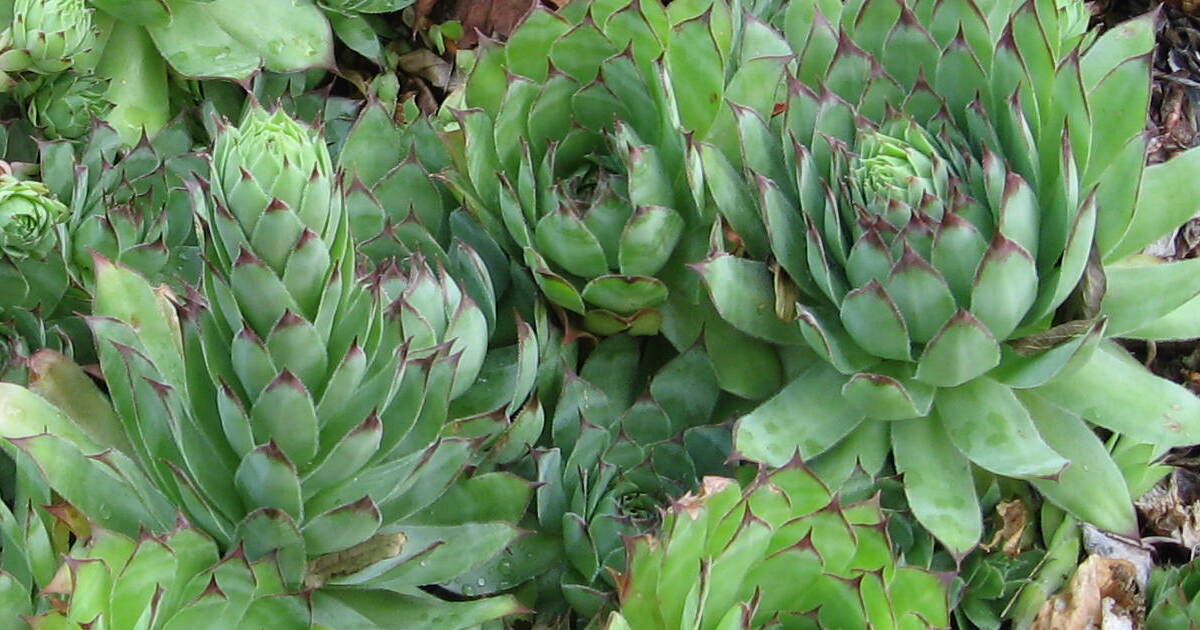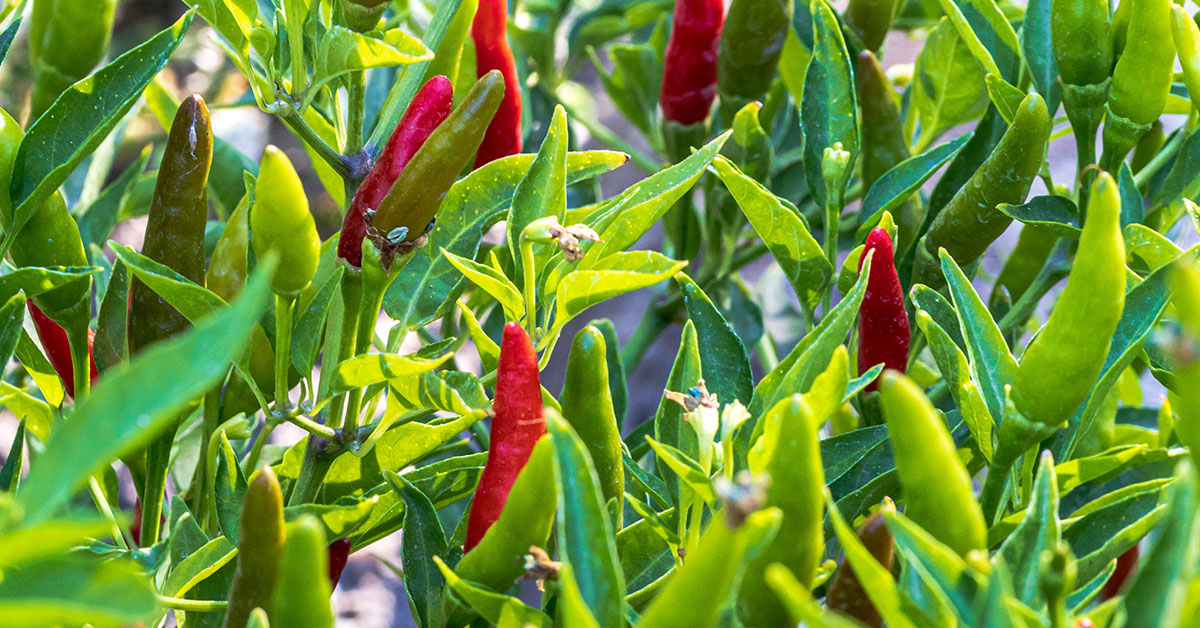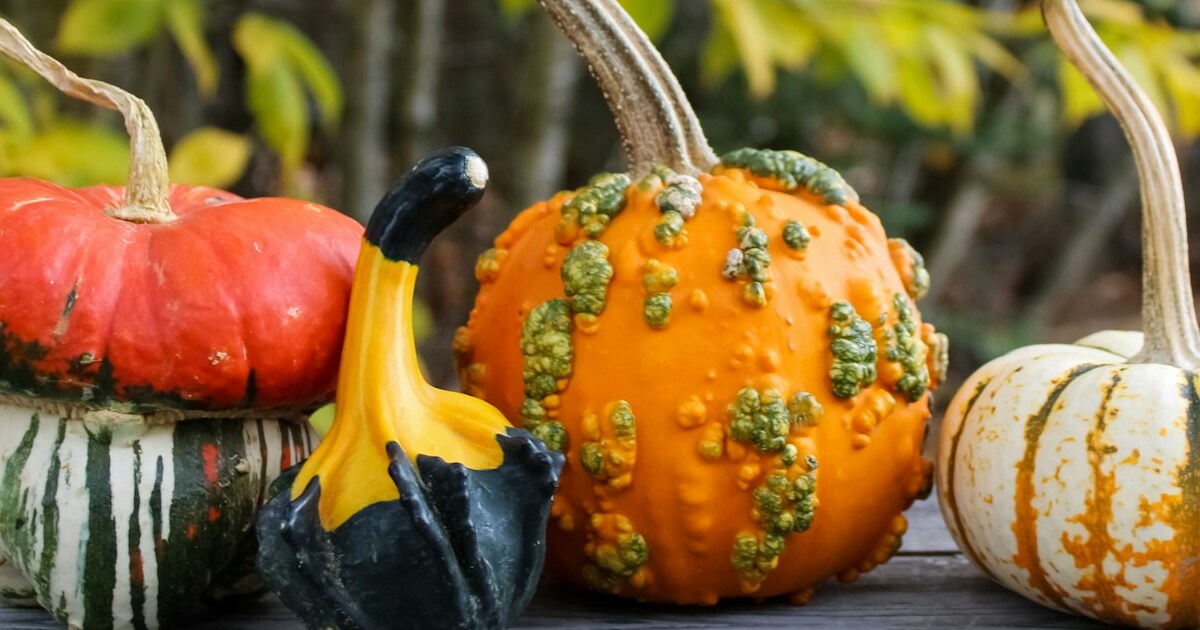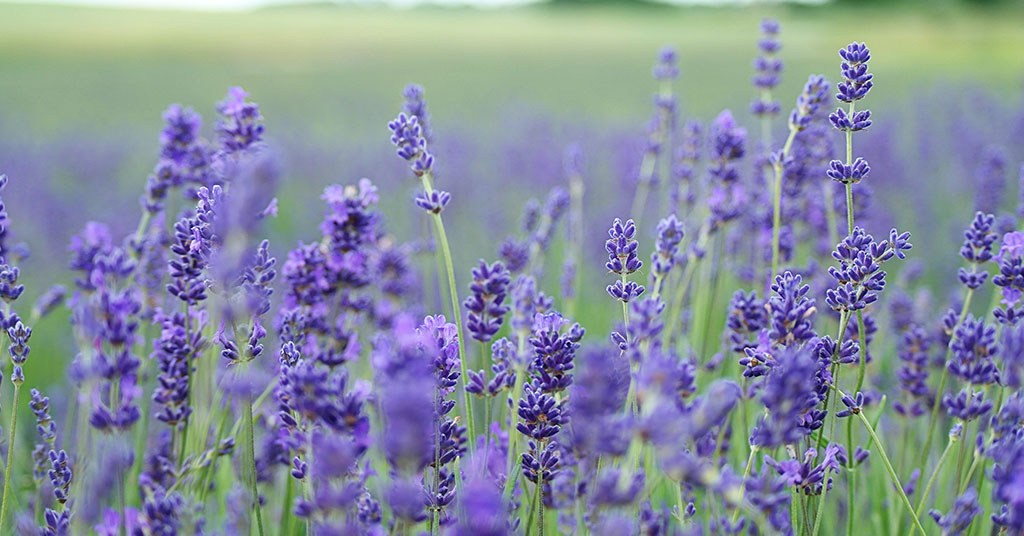Welcome to the vibrant world of gardening in Cleveland, Ohio! Nestled along the southern shore of Lake Erie, Cleveland offers a unique and diverse gardening experience. As any seasoned gardener knows, understanding the USDA hardiness zone is crucial for successful plant care.
In Cleveland, we fall under the USDA hardiness zone 6a, which means we experience cold winters with average minimum temperatures ranging from -10°F to -5°F (-23°C to -21°C). This knowledge allows us to select plants that can thrive in our specific climate and create beautiful, sustainable gardens that can withstand the challenges of our region.
So, whether you are a seasoned green thumb or a beginner looking to embark on a gardening journey, join us as we explore the wonders of gardening in Cleveland and discover the best practices to cultivate a thriving garden in our unique hardiness zone.
What is Cleveland’s USDA hardiness zone?
The USDA hardiness zone is a system developed by the United States Department of Agriculture (USDA) to classify regions based on their average annual minimum temperature. This classification helps gardeners and plant enthusiasts determine which plants are most likely to thrive in a particular area. Cleveland, Ohio, falls under USDA hardiness zone 6a.
This means that the average annual minimum temperature in Cleveland ranges from -10°F to -5°F (-23°C to -21°C). It is important to note that this classification is based on historical data and does not account for extreme weather events or microclimates within the region. Knowing the hardiness zone of an area is crucial for selecting plants that can withstand the local climate conditions.
In Cleveland’s zone 6a, gardeners should focus on plants that are hardy to this temperature range. These plants have adapted to survive freezing temperatures and can withstand the cold winters and occasional frost. Some examples of plants suitable for Cleveland’s hardiness zone include:
- Perennials: Daylilies (Hemerocallis), Coneflowers (Echinacea), Hostas (Hosta spp.), Black-eyed Susans (Rudbeckia), and Russian Sage (Perovskia atriplicifolia).
- Shrubs: Lilacs (Syringa), Forsythias (Forsythia), Spireas (Spiraea), Hydrangeas (Hydrangea), and Burning Bush (Euonymus alatus).
- Trees: Red Maple (Acer rubrum), Sugar Maple (Acer saccharum), White Oak (Quercus alba), Eastern Redbud (Cercis canadensis), and Flowering Dogwood (Cornus florida).
It is important to consider other factors besides hardiness zone when selecting plants for your garden. Soil type, sunlight exposure, and moisture levels are also crucial factors to consider for successful plant growth.
Additionally, microclimates within Cleveland, such as urban heat islands or proximity to Lake Erie, can affect local temperatures and plant hardiness. By understanding the USDA hardiness zone and considering other environmental factors, gardeners in Cleveland can make informed decisions about which plants are best suited for their specific location.
When can you plant your garden in Cleveland?
In Cleveland, the ideal planting times for various plants can be determined by referring to the USDA hardiness zone. Cleveland falls under USDA hardiness zone 6a, which means it experiences an average minimum winter temperature of -10 to -5 degrees Fahrenheit (-23 to -21 degrees Celsius).
For cool-season crops such as lettuce, spinach, peas, and radishes, the ideal planting time is in early spring, as soon as the soil can be worked and the frost has passed. This is typically around late March to early April in Cleveland.
Warm-season crops like tomatoes, peppers, cucumbers, and beans require warmer soil temperatures to thrive. Therefore, it is recommended to wait until after the last frost date, which is usually around mid-May in Cleveland, before planting them outdoors. Starting these plants indoors from seeds or purchasing seedlings from a nursery a few weeks prior to the last frost date can help get a head start on the growing season.
Perennial plants, such as trees, shrubs, and flowers, can be planted throughout the growing season in Cleveland. However, it is generally best to avoid planting during the hottest months of summer to minimize stress on the plants. Spring and fall are often considered ideal times for planting perennials, as the weather is cooler and provides a more favorable environment for root establishment.
It’s important to note that these planting times are general guidelines, and local weather conditions can vary from year to year. Keeping an eye on the local weather forecast and adjusting planting times accordingly can help ensure the best chances of success for your plants in Cleveland.
What grows well in Cleveland?
Cleveland falls within USDA hardiness zone 6a, which means it experiences average minimum winter temperatures between -10 to -5 degrees Fahrenheit (-23 to -21 degrees Celsius). Here is a comprehensive list of plants that generally grow well in Cleveland’s climate:
- Coneflowers (Echinacea spp.)
- Black-eyed Susans (Rudbeckia spp.)
- Daylilies (Hemerocallis spp.)
- Hostas (Hosta spp.)
- Sedums (Sedum spp.)
- Russian sage (Perovskia atriplicifolia)
- Astilbes (Astilbe spp.)
- Bee balm (Monarda spp.)
- Phlox (Phlox spp.)
- Coreopsis (Coreopsis spp.)
- Salvia (Salvia spp.)
- Hellebores (Helleborus spp.)
- Baptisia (Baptisia spp.)
- Peonies (Paeonia spp.)
- Liatris (Liatris spp.)
- Balloon flowers (Platycodon grandiflorus)
- Bleeding hearts (Dicentra spp.)
- Jacob’s ladder (Polemonium spp.)
- Japanese anemone (Anemone hupehensis)
- Coral bells (Heuchera spp.)
- Lungwort (Pulmonaria spp.)
- Japanese painted fern (Athyrium niponicum)
- Marigolds (Tagetes spp.)
- Zinnias (Zinnia spp.)
- Petunias (Petunia spp.)
- Geraniums (Pelargonium spp.)
- Impatiens (Impatiens spp.)
- Snapdragons (Antirrhinum spp.)
- Cosmos (Cosmos spp.)
- Nasturtiums (Tropaeolum spp.)
- Salvia (Salvia spp.)
- Ageratum (Ageratum spp.)
- Coleus (Plectranthus scutellarioides)
- Lobelia (Lobelia spp.)
- Alyssum (Lobularia maritima)
- Pansies (Viola spp.)
- Sweet peas (Lathyrus odoratus)
- Sunflowers (Helianthus spp.)
- Nicotiana (Nicotiana spp.)
- Celosia (Celosia spp.)
- Lilacs (Syringa spp.)
- Hydrangeas (Hydrangea spp.)
- Spirea (Spiraea spp.)
- Weigela (Weigela spp.)
- Ninebark (Physocarpus spp.)
- Potentilla (Potentilla spp.)
- Viburnum (Viburnum spp.)
- Beautyberry (Callicarpa spp.)
- Witch hazel (Hamamelis spp.)
- Snowberry (Symphoricarpos spp.)
- Fothergilla (Fothergilla spp.)
- Burning bush (Euonymus alatus)
- Japanese maple (Acer palmatum)
- Rose of Sharon (Hibiscus syriacus)
- Boxwood (Buxus spp.)
- Red maple (Acer rubrum)
- Sugar maple (Acer saccharum)
- White oak (Quercus alba)
- Red oak (Quercus rubra)
- Black walnut (Juglans nigra)
- Eastern redbud (Cercis canadensis)
- Dogwood (Cornus spp.)
- Eastern white pine (Pinus strobus)
- American beech (Fagus grandifolia)
- American hornbeam (Carpinus caroliniana)
- Serviceberry (Amelanchier spp.)
- Japanese tree lilac (Syringa reticulata)
- Ginkgo (Ginkgo biloba)
- Kentucky coffee tree (Gymnocladus dioicus)
- Bald cypress (Taxodium distichum)
Remember to consider specific growing conditions such as sunlight, soil type, and moisture requirements when selecting plants for your garden.
What won’t grow in Cleveland?
In Cleveland, which is located in USDA hardiness zone 6a, there are certain plants that may struggle to thrive due to the region’s climate. Here are some examples:
- Tropical plants: Plants that require consistently warm temperatures and high humidity, such as banana trees, orchids, and hibiscus, may struggle to survive in Cleveland’s cooler climate.
- Desert plants: Succulents and cacti that are native to arid regions may not fare well in Cleveland’s colder winters and higher levels of precipitation.
- Tender perennials: Some perennials that are not fully hardy in zone 6a, such as certain varieties of lavender, rosemary, and certain types of fuchsias, may struggle to survive the colder temperatures and frost in Cleveland.
- Subtropical plants: Plants that thrive in subtropical regions, like citrus trees, bougainvillea, and certain types of palms, may not be able to withstand the colder winters and shorter growing seasons in Cleveland.
- Heat-loving annuals: Annual flowers and vegetables that require long, hot summers to thrive, such as sweet potatoes, okra, and certain varieties of sunflowers, may struggle to reach their full potential in Cleveland’s shorter and cooler growing season.
While these plants may not thrive in Cleveland’s climate, it’s still possible to grow a wide variety of plants that are well-suited to the region. It’s always a good idea to choose plants that are recommended for your specific hardiness zone to ensure their success.


